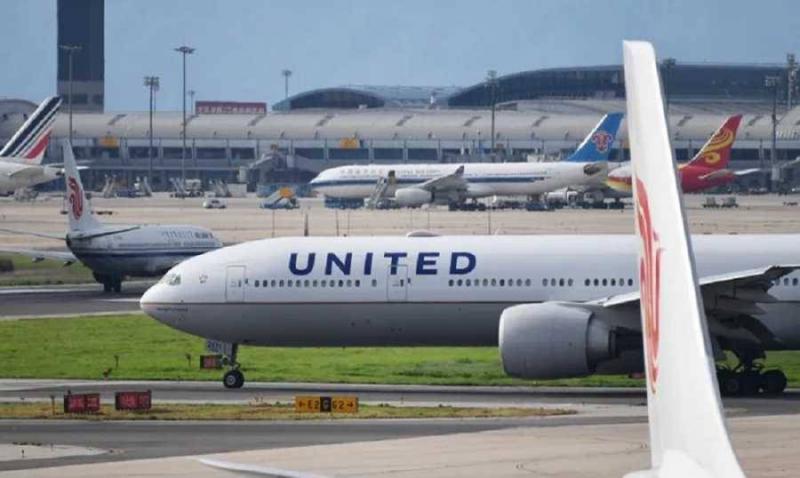Data published by Boeing indicates that COVID-19 has not fundamentally changed long-term growth forecasts for the commercial aviation sector, with an expected increase in the number of aircraft by 82 percent by 2041. In its annual commercial market outlook, Boeing predicts a global fleet of 47,080 aircraft over the next two decades, compared to 25,900 in 2019, with half of the orders aimed at replacing retired aircraft.
This data comes just days after similar forecasts were released by its competitor Airbus ahead of the Farnborough International Airshow. The new figure is slightly below Boeing's previous long-term forecast of 49,405 aircraft due to the company's adjustment of global GDP growth forecasts to 2.6 percent annually. However, long-term fundamentals "remain unchanged" as the demand for passenger and cargo transport outpaces global GDP, according to Boeing.
They noted that "a massive amount of pent-up demand" is dominating the market today, adding that "the main constraint is supply." The global fleet of single-aisle aircraft used for domestic flights has returned to 98 percent of pre-pandemic levels, while the figure is 78 percent for multi-aisle aircraft used in international flights.
Although the recovery of domestic flights was faster post-COVID, Boeing indicated that this trend is changing. The number of domestic flights in China has declined due to multiple COVID-19 restrictions, while growth in Europe and the United States has been affected by capacity-related restrictions. Meanwhile, international aviation is "currently recovering beyond expectations, driven by transatlantic flights," according to Boeing.
The company also highlighted that growth in online trade will increase demand for cargo aircraft, which is expected to see an 80 percent rise by 2041. Halst noted that the company will enhance its capabilities to meet required standards for reducing carbon emissions.




